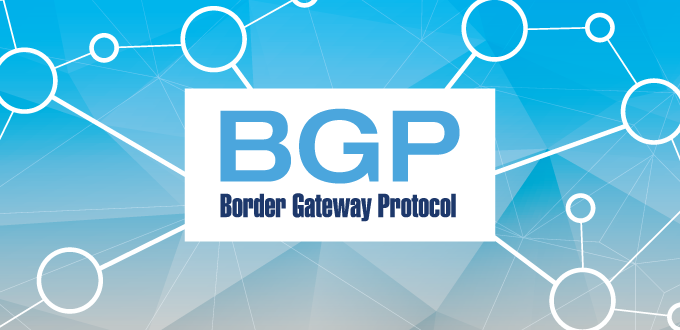BGP Attributes that Help Traffic Find the Best Route to Its Destination
23/08/2023

Lesly Escobar has experience at a Central American carrier —she is currently an engineer at REDCA‘s Network Operations Center— and this allowed her to submit a proposal to work on BGP attributes with a focus on the experiences of various Internet service providers (ISPs), especially ISPs in her own region.
Last year, Lesly Escobar submitted her initiative to the LACNIC Mentoring program and was selected to receive the support of Erika Vega as her mentor. She approached her work from the perspective of Internet routing analysis, more specifically of the analysis of the various BGP attributes which, due to their misuse, cause failures in the publication of networks.
Likewise, she presented cases where BGP attributes were being misused, resulting in the loss of service, and proposed alternatives for ISP configurations.
The evidence collected by Escobar was based on different experiences in the operation of REDCA in five countries, from Guatemala to Panama.
THE BEST ROUTE. The reach of BGP is such that a change can cause global incidents on the Internet due to the nature of the protocol, which teaches its peers what it learns, and this information is then distributed until becoming global knowledge. While BGP sees the interior of an autonomous system as a black box, it is important to ensure the development of an efficient autonomous system by applying rules and filters that avoid unnecessary saturation of the network or excessive work by physical network equipment due to a poor design.
Escobar notes that, due to the very nature of the BGP protocol, the mandatory attributes were present in all the cases addressed in her work. All changes made by network administrators, whether correct or incorrect, are announced to their BGP peers and the information is thus propagated on a major scale.
Although the most common failures related to the BGP protocol have already been documented, new scenarios continue to appear, perhaps due to legacy practices or a possible lack of the right information. The goal of Escobar’s work was to highlight the experiences of major industry players in order to locate potential vulnerabilities in internal networks.
(Free access, no subscription required)
Security mechanisms such as RPKI are in the process of being adopted to certify the prefixes assigned to each organization, validating their origin and thus mitigating route hijacks and prefix filtering. Today, LACNIC records show that 45.6% of IPv4 prefixes and 45.2% of IPv6 prefixes in the region are using RPKI certificates.
In Lesly Escobar’s opinion, IT teams should be aware of the importance of applying good routing security practices. “We are convinced that we need to continue working to strengthen Internet security in each of our autonomous systems and to consolidate the quality of user connectivity,” she added.
She believes that it is very important for professionals and specialists to become involved in the world of BGP to stay up to date and avoid issues such as prefix hijacking.